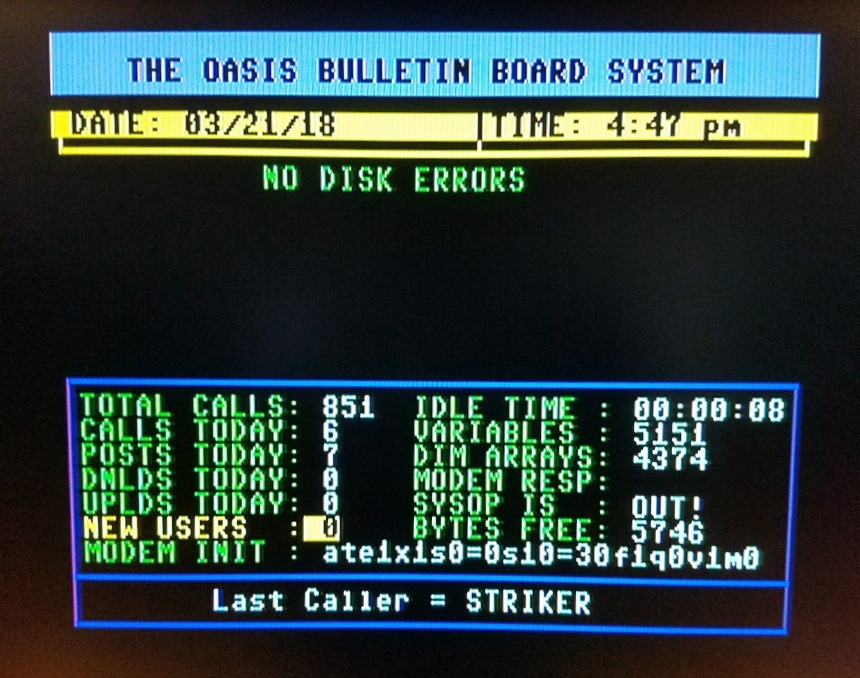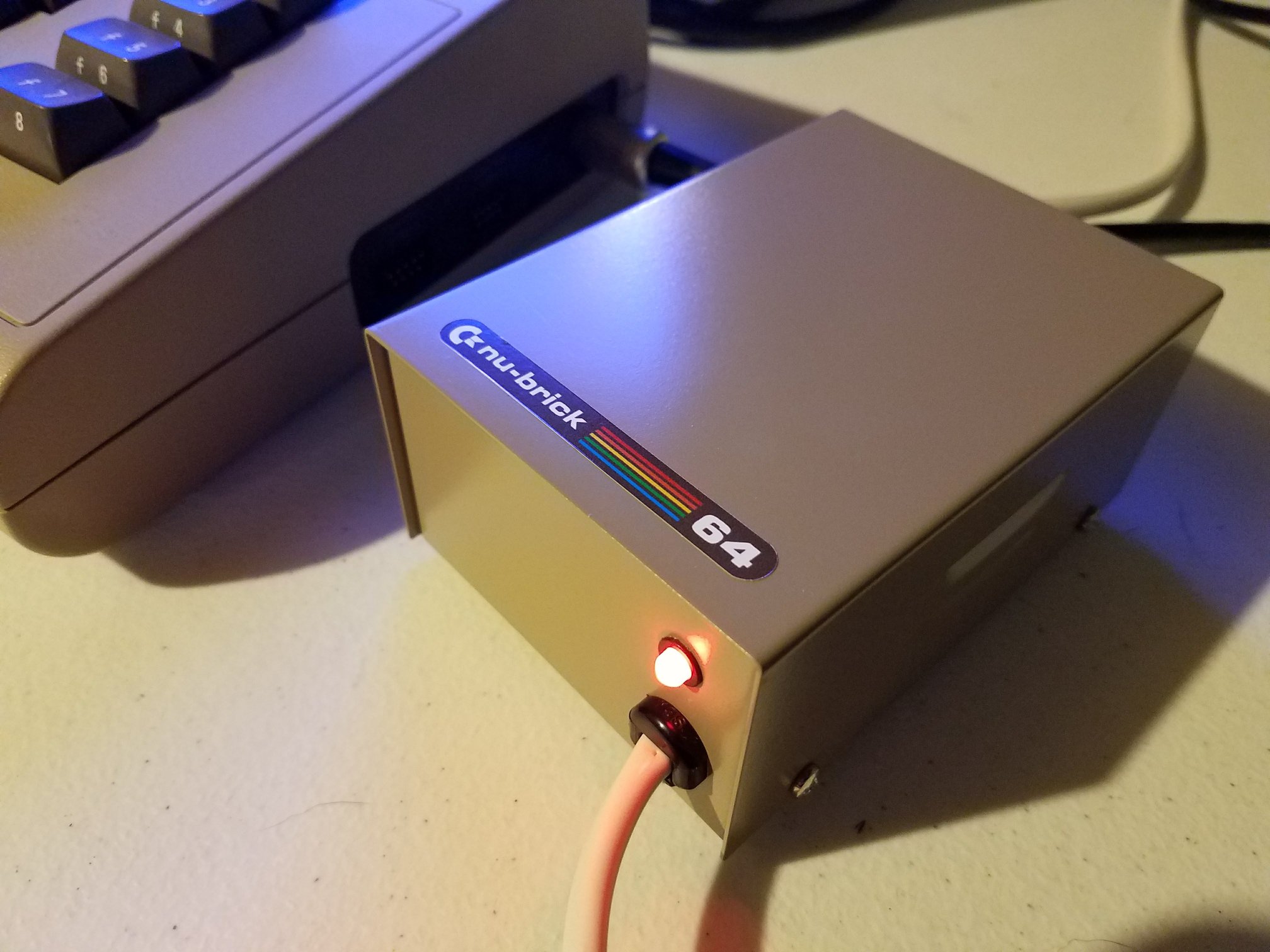Amiga 600 repair can challenge even experienced enthusiasts, as subtle faults often hide deeper issues. In a recent CRG video, Glen explores a perplexing case of visual corruption—small but irritating graphical glitches appearing during workbench and gameplay. This article distills five key insights from Glen’s detailed Amiga 600 repair journey, perfect for anyone dealing with similar retro computing headaches.
1. Identifying Subtle Faults
In this Amiga 600 repair, initial symptoms included odd corruption on screen borders in Workbench and occasional sprite corruption in games like Wings and Ultima 6. Such intermittent glitches can be notoriously tricky, making diagnosis challenging without careful observation.
2. Capacitor Check Isn’t Always Enough
While capacitors are common culprits in vintage electronics, this particular Amiga had already been recapped by its owner. However, Glen spotted some questionable solder joints and missing capacitors that, although not critical, raised concerns. After meticulous re-soldering, the corruption remained, underscoring that capacitor fixes aren’t always the solution.
3. Graphics Chip Analysis
Attention then shifted to core graphics chips: Denise and Agnus. The Denise chip manages graphics rendering, while Agnus handles the Amiga’s complex memory and graphic operations. Surprisingly, both chips felt unusually hot, prompting deeper investigation. Swapping Denise initially seemed to improve things, highlighting how complex diagnosing graphic faults can be.
4. Diagnostics Tools Have Limitations
Using DiagROM, Glen discovered inconsistent results across multiple tests, initially misleading his troubleshooting efforts. The RGB tests showed erratic results, even on known-working boards, hinting at potential software quirks. Recognizing limitations in diagnostic tools like DiagROM is crucial, as relying solely on them can lead repair attempts astray.
5. Dual Chip Fault—A Rare Scenario
Ultimately, the real breakthrough came by swapping out both Denise and Agnus chips. Testing these chips individually revealed partial improvements, but full resolution only appeared after both replacements. Dual chip failures, particularly involving Denise and Agnus simultaneously, are rare, making this case especially intriguing.
Conclusion
This Amiga 600 repair case study illustrates that subtle faults can mask deeper hardware issues. While chip replacements resolved the problem, the cost-benefit analysis raises questions about practicality. Vintage computing repairs often balance between restoration passion and practicality—sometimes, the journey itself is the real reward.
Whether you’re troubleshooting your Amiga or simply enjoy retro computing adventures, Glen’s detailed exploration provides invaluable insights. Check out the full CRG video for the comprehensive, step-by-step repair process.







